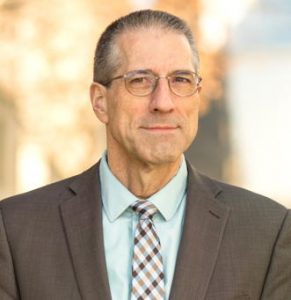ADDICTED TO LOVE, AND OTHER THINGS: Actors Theatre presents contrasting milestones of American drama
British playwrights have figured heavily into the Kansas City Actors Theatre seasons of late, so this year the nine-year-old company found material for its late-summer shows closer to home. KCAT’s “A Classic American Summer” features two landmark plays by our own countrymen – one by a Kansan with a flair for the iconoclastic and the other by an Irish American whose work sometimes chronicles life with his famously dysfunctional family.
William Inge’s Picnic is 60 years old, but its themes of love, loneliness, near-poverty and smoldering passion beneath a surface of strict Midwestern decorum still resonate. Eugene O’Neill’s dark-hued Long Day’s Journey into Night is a classic whose infrequency on the stage belies its importance in theater history.
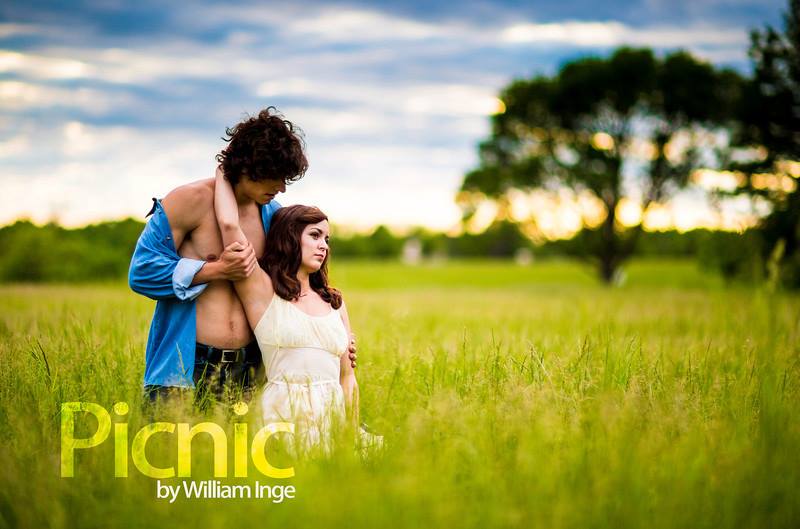
Recently we spoke with two central figures of the KC Actors Theatre roster, company co-founder Mark Robbins, who will direct Picnic, and actor-director John Rensenhouse, who directs Long Day’s Journey. Here is a partial transcript of our conversations.
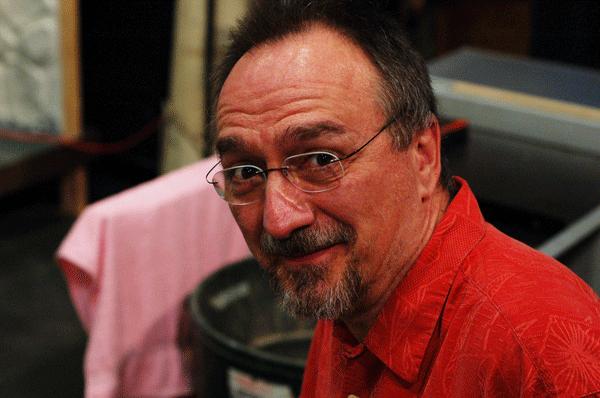
Paul: What is your history with Picnic? Did it, like mine, begin with the movie (and I hope not)? And how has your knowledge of it, or your attitude toward it, changed through the years?
Mark: Actually I just saw the movie for the first time in my life just a few days ago. If it had been my first exposure to the play, I don’t know that I would have enjoyed it. The first time I ever saw it (on the stage) was when they did it at the Rep – it was, oh gosh, 30 years ago. … And that was the first place I ever saw the woman I was later to marry, Betsy Ross at the time, Elizabeth Ross, who was playing Millie.
Long Day’s Journey has also been a local rarity, it has been perhaps 25 years since its last performance here. Why do you think these plays do not come up more often? They’re American classics, no?
Well I think in this country we have a very active and fertile crop of new plays every year, and that seems to take up a lot of programming time – in local theater and I think in theater nationwide. … There’s a line that all theaters have to walk between being timely and contemporary, and reviving and restaging and revisiting older, more classic works. These are the kind of plays which get a lot more play in non-professional theaters, really, than in professional theaters.
To what extent do you think this play reflects the specific mood and sensibilities of this period, the period between World War II and the “prosperous ‘50s”? Is it still a contemporary play?
Well Picnic is certainly of its time in a lot of given circumstances, but there are certain elements of life in America that are exactly the same – and sometimes it seems to be getting even more like that, as the disparity between “haves” and “have-nots” rises. You have to remember that the people in Picnic are not well-off. … It’s interesting that this community, this little micro-community, consists of single women, single mothers: Because they’ve lost their husbands and fathers to the war, or just to disillusionment and abandonment. And that is still prevalent, especially in the lower and lower-middle-class economic class in this country. That’s very relevant to today.
And of course Alan, being the prosperous one, puts that in context: Marrying him is one way out, an escape into the sort of middle class.
Yeah for a woman it was sort of the only way out.
Inge, like Williams, has been embraced more recently by the LGBT community. The subtexts here are perhaps not as overt as in Cat on a Hot Tin Roof, if they exist at all. Do you think there is a gay subtext here, in the sort of smoldering sexuality of the young men in this particular play?
It’s certainly not overt, and if it is subtext it’s pretty buried. I think it’s just the more universal human problem of an illicit love, a love that’s not supposed to happen, Madge’s attraction to Hal … because that way disaster lies. And the way Inge originally wrote it, it was not a happy ending. It wasn’t a fairy-tale, “let’s go off to Tulsa and get married” sort of thing.
Does the “scandalous” aspect of the play revolve around Madge’s relationship with bad-boy Hal? Is it because of the class difference, or is it that she’s giving up a “respectable” relationship with Alan?
The whole community, certainly her mother and everyone else too, is kind of “willing” this coupling (with Alan) to happen. And the relationship with Hal being primarily sexual in nature – the attraction is certainly sexual – that’s disastrous. You know, for girls at this time, if you got pregnant, your life was basically over. You had to marry whoever it was that knocked you up, unless you can wrangle something. … And that is made so palpable in Picnic, every third page there’s some mention of community and disapprobation and how “We have to make sure that we don’t embarrass ourselves or disrupt or dismay or disappoint the community somehow.” The neighbors are always watching.
The ending has always been problematic for a number of reasons. … Without giving away exactly how you’re going to play it, is the point really that the play contains enough ambiguities that the ending can actually work in different ways? Is it a happy ending? Or is it, “question mark,” like the end of The Graduate?
We’re sticking with the same ending that played on Broadway, because both versions of Picnic that we’ve found end basically the same way: She goes off after him. So that’s what we’re going to do, because we signed up to do Picnic. There is another version of the play from around 1962, Summer Brave, and in that version she does not go off with him, and she calls things off with Alan. So she basically consigns herself to joining “Spinster’s Row,” as it were, but her reputation is damaged in town so it’s not a happy ending at all. But we did sign up to do Picnic, not Summer Brave, so we’re going to stick with its ending.
Which even as it is remains a kind of question mark.
Well, who knows what happens in Tulsa? It’s open-ended in that way, and that’s great. I’m all for ambiguous open-ended endings. But this one is hopeful, it certainly ends on a very hopeful note, of taking charge of your own life.
One striking thing about this play is that there are several things going on at once: It makes a great ensemble play for that reason. About Howard and Rosemary: Do they reach a happy ending? Is it happy enough? Is it “settling”? Or is “settling” also a means of self-determination, of taking charge of one’s life?
Well, that’s a multi-layered event too, and who knows how that’s going to work out? Who really knows how committed Howard is to making this work? Or is he just kind of resigned to submitting himself to the marriage? He describes himself as being old and set in his ways and not wanting to change to adapt to a married life. And Rosemary turns out to be deathly afraid of spending the rest of her life alone, and somehow they meet, somehow they reach an agreement. Who knows if it’s going to be happy? That’s a big question mark. Talk to them again in six months and see.
I grew up in Kansas and I remember seeing Inge plays and wondering, where is all this angst that he’s writing about? I kind of came away with this idea that this was a Kansas guy who had gone off to New York and was looking back at it from a different point of view. Is this really about Kansas? … Or is this sort of a New Yorker’s view of what Kansas life is like?
I don’t know if I have an opinion about that. I know nothing about New York life. I’ve lived in the Midwest pretty much all my life. But I know the issues and the emotion or the angst as you say is prevalent everywhere, for people of all walks of life, and it speaks to people. I mean talk to any adolescent – the problems they have are huge, insurmountable, highly dramatic, highly theatrical. And that can carry over into later life. I think the problems and crises are easily identifiable to everybody because everybody’s been through them to some extent. I don’t know if it’s geocentric in that way.
This is as I mentioned a great ensemble piece, which makes it a good fit for a company of actors who’ve worked together a lot. Is there a lot of sense of confidence going into something like this, that whatever issues the actors might have with the play or its ambiguities, that their “buddies” are going to be there for them no matter what?
I think that’s one of the great virtues of being a local theater company, is that we do our level best to use only local actors from the local acting pool. Because as you say they’ve all worked together for a long time: They all know each other, they all hang out. It is a community, and it’s kind of a ready-made ensemble. I can say without reservation that going into this, everybody’s very comfortable, very open – and those are the situations in which maximum confidence and creativity can take place.
In terms of the ecosystem of Kansas City theater, do you consciously think about the niche that this company fills, and do you have an eye on what other people are doing? Not just so that shows don’t overlap, but also to fulfill a specific set of needs that are not being fulfilled?
Ideally, yes. It’s fortunate when what we do can complement the greater season at large, the greater body of work that’s out there. But it’s serendipitous when it does happen. I think every theater tries to keep in mind “Okay, what section of the community are we under-serving, and what can we do?”
Are you looking at ways to celebrate your upcoming 10th season next year?
Oh, you bet! Funders are often interested. Who knew that we would make it this far? We have lots of things in the works, lots of discussions, but I wouldn’t want to be premature in discussing those.
——————-
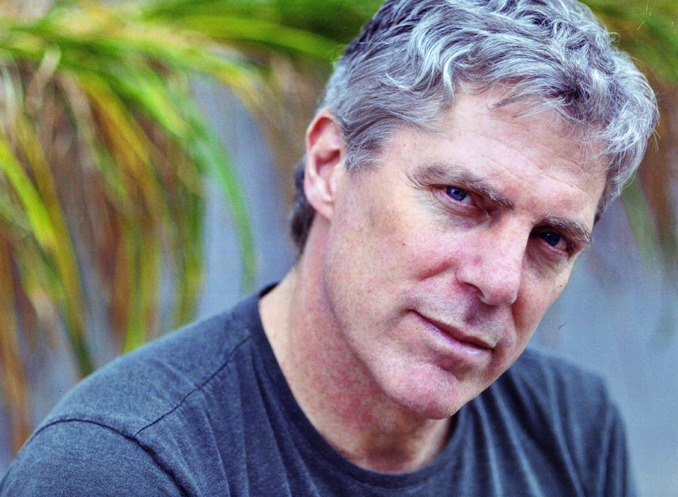
Paul: How would you describe the upcoming season? Clearly it’s an Inge year, so did that get things rolling?
John: We’ve been pretty British the last two years, with the Pinters and then the Agatha Christie and Tom Stoppard. We felt we were due for something good and American. And because last year was light in tone, we thought we could take on some of the bigger challenges. I will confess that Picnic was sort of the lead show in this. … We’ve been talking about doing Long Day’s Journey into Night for a number of years. And it just seemed like this was the year to do it.
What is your relationship with Long Day’s Journey? Do you remember when you first saw it, and what you’ve seen since – and perhaps how you felt about the movie when you saw it?
My exposure has not been very extensive, I will say that. I read it in college and I remember looking at monologues as a young actor. Some of Edmund’s monologues … are looked at by young actors auditioning as a potential role. And I remember looking at it and thinking it was not a good fit for me, I didn’t feel compelled to do it.
But then seeing the movie … I remember being quite astounded by Katherine Hepburn. And watching it again in preparation for this performance it’s still quite an amazing, amazing performance. I have never seen it live on stage, and I was not going to have anything to do with it until some things got shuffled around and it sort of fell into my lap to direct it. So I set myself to studying it, and am quite fascinated with it, loving it.
Mark noted that Picnic probably hadn’t been done here in 30 years, and apparently Long Day’s Journey hasn’t been done professionally here in a quarter-century. These are classics, so why do we see them so seldom? I mean, the occurrence of this play in the theater does not seem to match its purported importance in our history.
Well you know that’s an interesting observation. Because when you think of great American plays this one leaps to mind, and everyone would cite it as one of the top American classic plays. Yet it doesn’t get done much. That has a lot to do with the length of the piece, which if unedited can be four and a half hours. And the subject matter of the piece … is very dark and depressing. It’s hard for people to find that “cathartic uplift” within.
Our temperament is such that we’re conditioned to shorter bites of entertainment, and we’re conditioned to have our entertainment be more escapist and designed to make us feel good – as opposed to making us think and examine our relationships and so on.
I was reading about a recent production at the Guthrie in which the Mayo clinic got involved. They actually used it as a means of having seminars and panel discussions about addiction and alcoholism. Clearly this is one of the profound expressions in theater of a family struggling with addiction. Though I think he kind of cheated in a way: He just wrote about his own family. (Laughter.)
Right, I guess that’s the reward for having gone through that. You get to write a great play really easily. But no, the writing of this play was not an easy thing for him: In fact he called it “facing his dead.” It was reported he would come out the room sometimes while writing and be just a broken-down man, weeping and sobbing. So it was a difficult birth. But he certainly knew the subject matter extremely well.
Will this production include some editing, then? How long is it?
Yes, this is including a lot of editing. I’m beginning to feel a little guilty about it, but I’m very much committed to it being no longer than three hours, and I’m shooting for two and a half. … People don’t want to spend more than three hours in the theater. So yes, I have cut quite a bit of out, and I’m feeling a little guilty. … “My God, what gives me the idea that this can be done to this play?” But he does tend to repeat his themes quite frequently, hammers on the same topics. So I’ve gone through pretty scrupulously, I think, and have just taken things out that are really redundant.
This will look like a different play at two and a half hours. It’s still going to be tough, though, just in terms of its gravity. Is there a way of directing it so that it continues to have kind of a light touch, so that it’s not just somber all the time? There is some humor in it.
There is some humor. I haven’t found all that much, quite frankly, but maybe the actors have, and will bring that to it. But one thing I’m going to key in on, in terms of creating “lightness,” is overlapping dialogue. Because when families get together – I’ve never seen a family in which everyone gets their moment – they all talk at the same time. … So we’re going to be experimenting with that. … I’m hoping that will lighten it up a little bit.
But yes, whatever laughs are in there, by God we’re going to get ’em. (Laughs.) But I’ve got to say that I am thrilled, as a theater practitioner and theater artist, to get the chance to wrestle with this play, to come up against this play. Because it’s intimidating, it’s scary, and left to my own devices I may not have ever done it. But now that I’m in the middle of it, I’m so happy and so thrilled because you know, it’s a great piece of literature.
I have often thought that Picnic, perhaps Inge in general, doesn’t often sound like poetry – its language is somehow flatter and more mundane. Whereas O’Neill does sound like poetry, it has a sort of eloquence.
I agree. Having just sat through our first read-through of Picnic, yes it’s a wonderful, wonderful play, but it is, you know, true Kansas. O’Neill really writes in such a poetical style.
Are you a little jealous that you don’t get to be in Long Day’s Journey? Or do you prefer being where you are?
Right now I definitely prefer where I am. When I see them do it I may start to get jealous. But climbing the whole mountain of learning of the lines and diving into that? No, I’m very happy with the position I’m in right now. And for me personally, I think in 10 years I would love to play James Tyrone.
This play deals with classic American themes: addiction, dysfunction, cruelty within families. But I’m telling you, the buoyant thing that holds it all up for me is, when you study the play you get a real sense for how much these people love and depend on each other.
——————–
Picnic runs August 6th-25th at the H&R Block City Stage at Union Station. It stars Mindy McCrary, Emily Peterson, Alisa Lynn, Jen Mays, David Fritts, Chris Roady, Kathleen Warfel, Kathleen Kane, Mackenzie Goodwin and Phillip Shinn.
Long Day’s Journey into Night runs September 3rd-15th, with Paul Vincent O’Connor, Merle Moores, Brian Paulette, Doogin Brown and Jessica Franz. For tickets call 816-235-6222 or go to kcactors.org.
To reach the author send email to phorsley@sbcglobal.net or find him on Facebook (paul.horsley.501).
Features

Tyrone Aiken danced prodigiously as a youth, trained at The Ailey School as a young adult, worked as a professional dancer at the height of the New York dance ferment,…
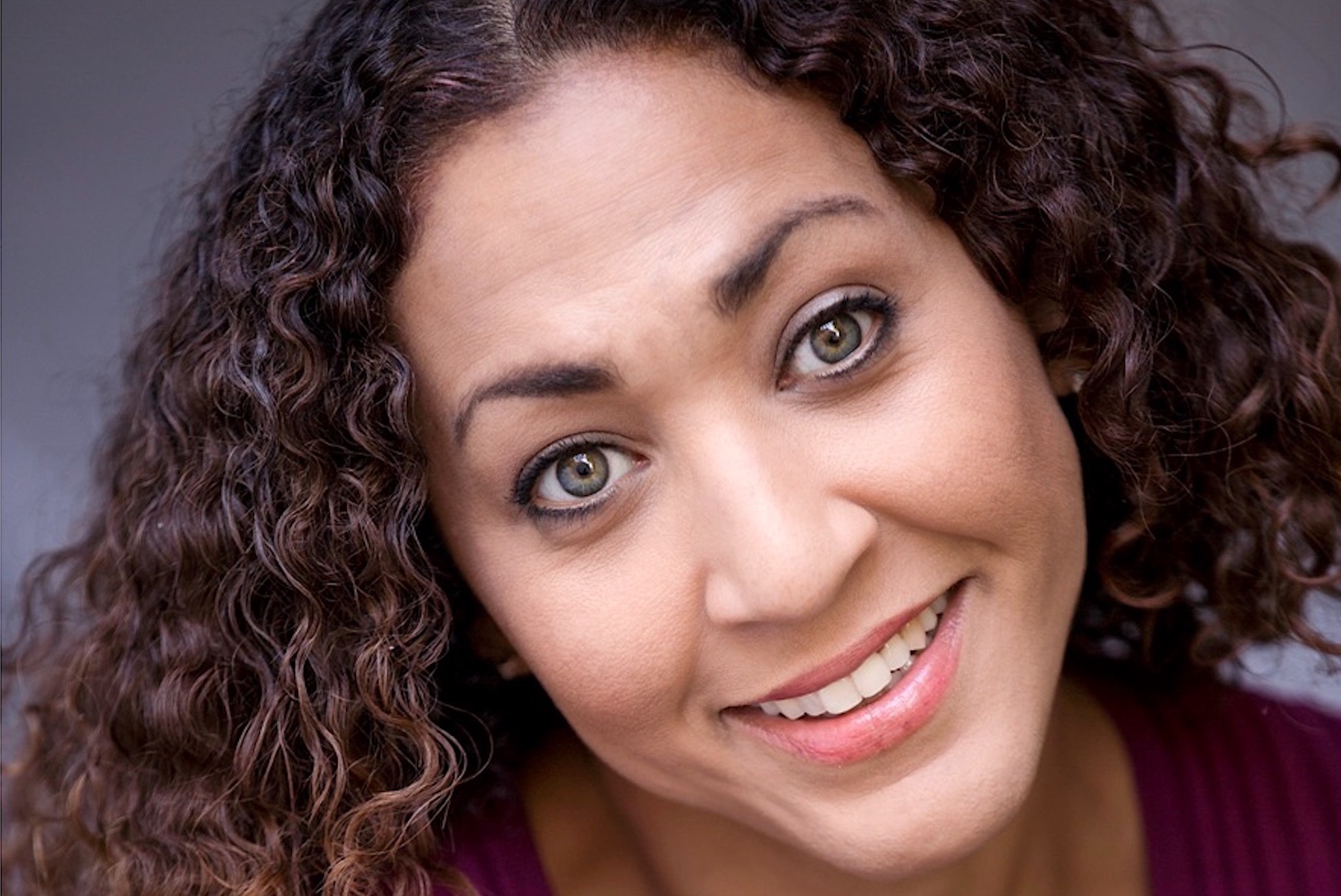
CAROLINE DAHM Dancer, choreographer, producer, master teacher, adjunct dance professor at The UMKC Conservatory, assistant director at Wylliams/Henry Contemporary Dance Company What I love about the Kansas City performing-arts scene: Kansas…
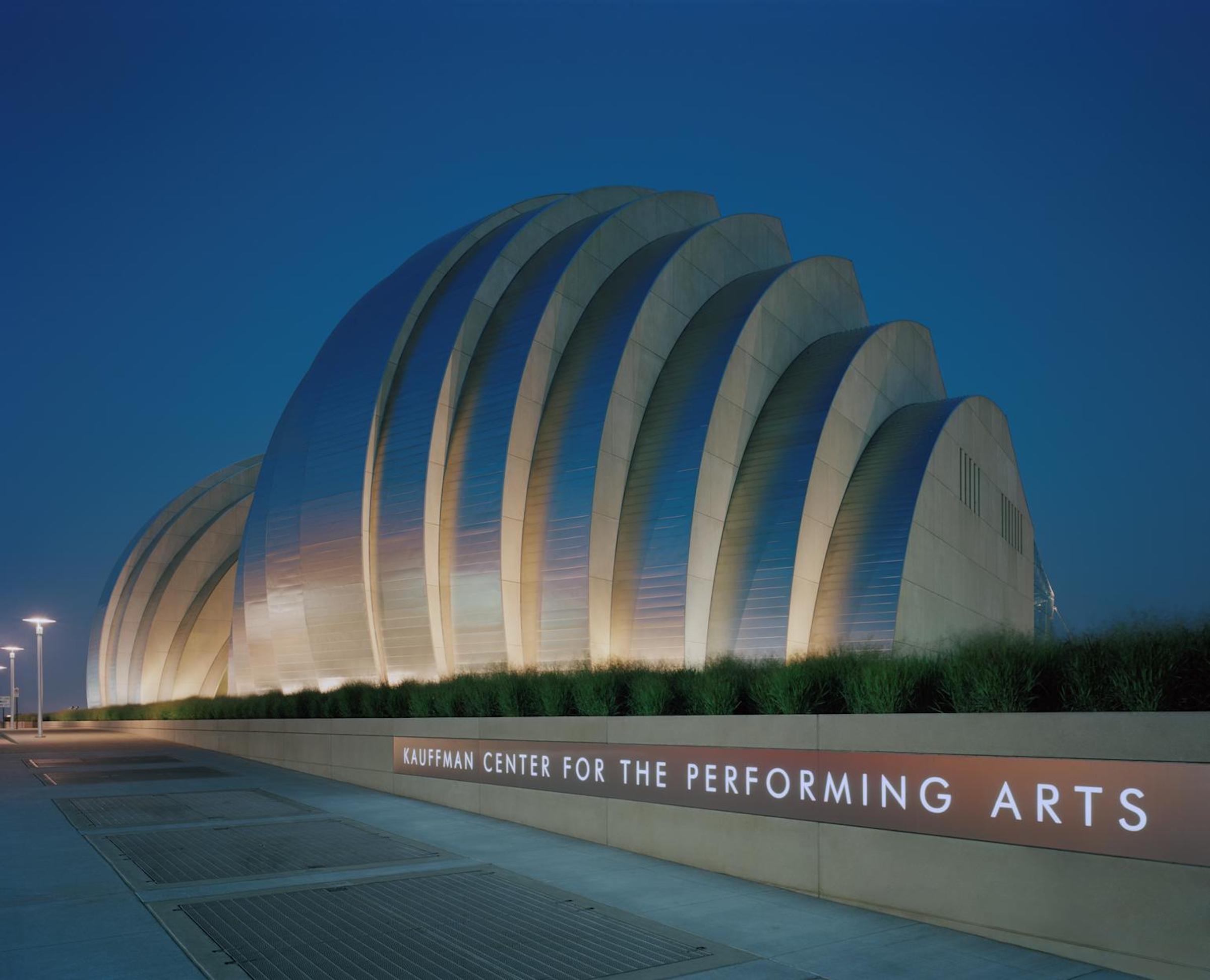
It’s difficult to remember what the Kansas City skyline looked like 20 years ago, before the Kauffman Center for the Performing Arts began to take shape at 16th and Broadway.…


